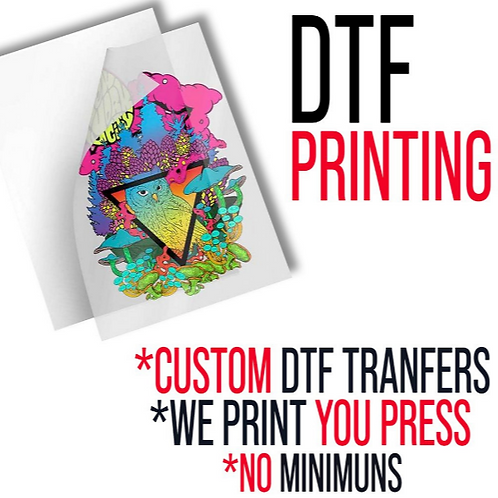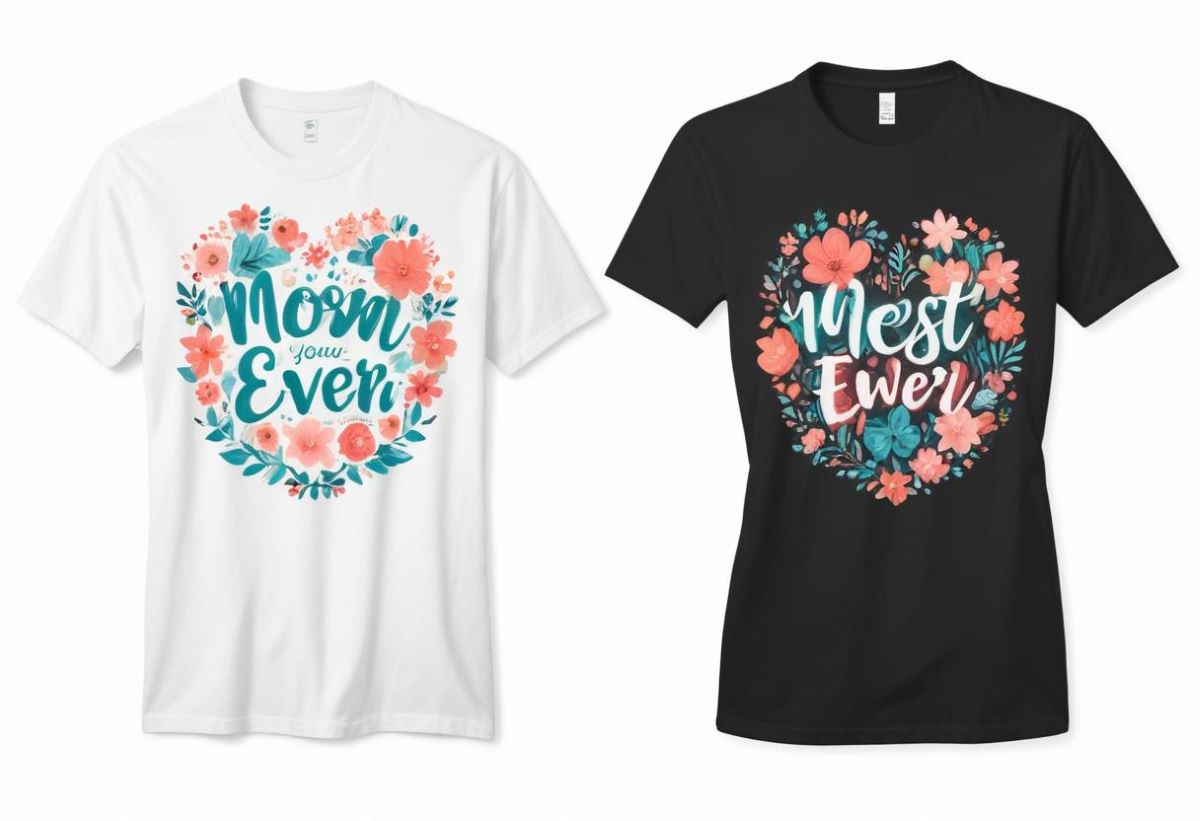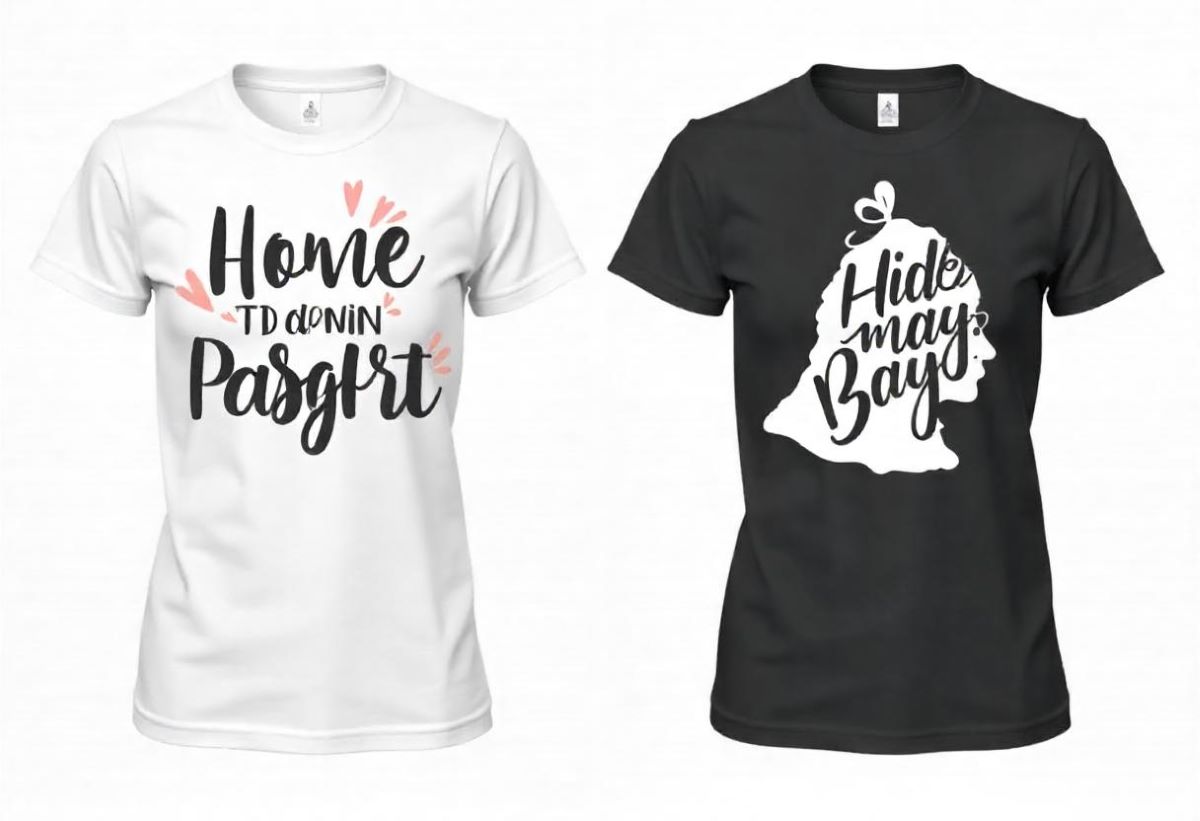The rise of customization in consumer goods has paved the way for innovative ventures like the Home Printing Business DTF Transfers. Direct-to-Film (DTF) printing is transforming the landscape of DIY printing, allowing entrepreneurs to create vibrant, high-quality textile designs from the comfort of their homes. As enthusiasts take the plunge into starting a printing business, DTF technology offers an accessible and efficient solution for crafting unique apparel and accessories. This guide will explore the essentials of launching your own print on demand business using DTF transfers, including equipment selection and technique mastery. Whether you’re a seasoned artist or a DIY novice, DTF printing can empower you to realize your creative vision in the booming custom printing market.
If you’re considering venturing into the creative world of home-based printing, exploring DTF transfers could be the perfect starting point for your entrepreneurial journey. The Direct-to-Film method, a breakthrough in textile decoration, allows for easy and efficient customization that resonates with today’s digital consumer. This comprehensive approach to DIY printing not only enhances your artistic expression but also presents lucrative opportunities within the print-on-demand industry. By understanding the core principles of this printing technique, you can unlock a plethora of design possibilities that cater to diverse market demands. As you delve deeper into the exciting realm of custom fabric printing, the potential for your home printing enterprise will expand dramatically.
The Advantages of DTF Printing for Your Home Business
DTF printing brings a multitude of advantages that can be particularly beneficial for those considering a home printing business. One of the most notable benefits is its versatility; DTF transfers work well on various fabric types, including cotton, polyester, and even blends. This flexibility means that you can cater to a diverse clientele, offering custom prints for t-shirts, hoodies, bags, and more. Additionally, DTF technology produces vibrant colors that stand out, satisfying customers wanting bold, long-lasting designs.
Another significant advantage of DTF printing is the ease of use it offers, especially for beginners. Unlike traditional screen printing methods that often require substantial setup, DTF printing simplifies the process. With minimal equipment and the right supplies, entrepreneurs can start producing quality prints quickly. This accessibility makes DTF an ideal choice for DIY enthusiasts looking to start a print-on-demand business from the comfort of home.
Choosing the Right Equipment for DTF Printing
When starting a home printing business utilizing DTF transfers, investing in the right equipment is paramount. Key pieces include a DTF printer, such as the popular **LOKLiK iPrinter DTF**, which is designed for ease of use and delivers high-quality outputs. Alternatively, consider the compact A3 DTF printer from AM.CO.ZA, which strikes the right balance between affordability and performance. These printers are tailored for home use, ensuring you can produce professional-grade prints without needing industrial equipment.
In addition to a good printer, you’ll need a reliable heat press. A heat press with adjustable temperature and pressure settings will ensure that your DTF transfers adhere properly to various fabrics. Don’t forget to source high-quality transfer films and specialized DTF inks, as these will significantly impact the durability and vibrancy of your prints. The right equipment setup can make all the difference in producing top-notch printed products.
Mastering the DTF Printing Process
To ensure your home printing business stands out, it is essential to master the DTF printing process. Begin by creating designs using graphic design software like Adobe Illustrator or CorelDRAW, tailoring your creations to your target market’s preferences. Once your designs are ready, load the transfer film into your printer, ensuring that your color settings are optimized for vibrant prints. The accuracy of the design creation and printing stages will lay the foundation for the quality of your final products.
After printing, it is crucial to apply adhesive powder over the wet ink before curing it with a heat source. This step is vital for creating a strong bond between the ink and the fabric. Once everything is set, use your heat press to transfer the design onto your textile. Follow the recommended temperature and pressure guidelines for each material, ensuring consistency in your print quality. By refining your process, you can maximize efficiency and create a remarkable product that customers will love.
Setting Up an Effective Workspace for DTF Printing
Creating an effective workspace for your DTF printing business is essential for maximizing productivity and maintaining a professional environment. Ensure that your workspace is clean, organized, and provides enough room for all your equipment, including your printer and heat press. Good ventilation is also essential, particularly when working with materials that may emit fumes during the printing process. A well-structured setup can lead to smoother operations and increased creativity.
Consider investing in practical furniture that supports your workflow, such as shelves for supplies and a sturdy desk for design work. An organized workspace not only enhances efficiency but also fosters a more enjoyable working atmosphere. As you grow your business, a functional environment will allow you to tackle larger projects and accommodate new equipment with ease.
Building Your Brand in the DTF Printing Market
Building a strong brand is crucial for the success of your home printing business. Start by designing a memorable business name and logo that resonates with your target audience. A clear and professional identity will help you stand out in the competitive DTF printing market, attracting customers to your unique offerings. Consider your brand’s voice and visual standards as you build your marketing materials.
Utilizing social media platforms such as Instagram and TikTok is essential for showcasing your products. These platforms allow you to present visually appealing content, engage with potential customers, and build a community around your brand. Regularly posting high-quality images and videos of your creations can increase your visibility and lead to higher sales.
Marketing Strategies for Your Home Printing Business
Effective marketing plays a crucial role in the success of your home printing business. In today’s digital landscape, a strong online presence is vital. Start by creating accounts on popular social media platforms like Instagram, Facebook, and Pinterest to showcase your designs. Use these channels to engage with your audience, share your story, and promote the unique aspects of your DTF printing services.
Additionally, consider implementing content marketing strategies by starting a blog on your website. Discuss topics such as printing tips, fabric care, and project ideas to not only inform your audience but also improve your site’s SEO. Attracting organic traffic can significantly enhance your visibility and conversion rates, leading to increased sales and a loyal customer base.
Frequently Asked Questions
What is DTF printing and how is it used in a home printing business?
DTF printing, or Direct-to-Film printing, is a technique that allows you to print high-quality, vibrant designs onto film, which are then transferred onto various fabrics using heat and pressure. This method is ideal for home printing businesses because it requires minimal setup, produces durable prints, and can be used on a variety of materials, making it a versatile choice for DIY printing.
What equipment do I need to start a home printing business with DTF transfers?
To start a home printing business with DTF transfers, you’ll need a DTF printer, a reliable heat press, and high-quality transfer film and inks specifically designed for DTF printing. Popular printer choices include the LOKLiK iPrinter DTF and compact A3 DTF printers, which are user-friendly and well-suited for beginners looking to launch their creative ventures.
Can gang sheets improve the efficiency of my DTF printing process?
Yes, using gang sheets in your DTF printing process can significantly improve efficiency. Gang sheets allow you to print multiple designs on a single film sheet, which not only maximizes material usage but also reduces waste and time spent on printing. This is especially beneficial for home printing businesses aiming to streamline their operations.
What are essential tips for designing graphics for DTF transfers?
When designing graphics for DTF transfers, use graphic design software like Adobe Illustrator or CorelDRAW to create eye-catching and clean designs. Ensure your color settings are optimized for printing, and consider the fabric on which you will print to select the appropriate color palette. Additionally, simplify intricate designs to ensure they transfer well and remain vibrant.
How should I price my products in my home printing business using DTF transfers?
Pricing your products in a home printing business utilizing DTF transfers should take into account material costs, equipment maintenance, and the time spent on production. Research competitors’ pricing for similar products, and consider offering introductory discounts to attract initial customers and build a loyal client base. Balancing affordability and profitability is key to sustaining your business.
What marketing strategies are effective for a print-on-demand business using DTF printing technology?
Effective marketing strategies for a print-on-demand business using DTF printing include leveraging social media platforms like Instagram and Pinterest to showcase your designs visually. Additionally, consider content marketing—such as maintaining a blog with tips and inspiration related to DIY printing—to enhance SEO and draw more traffic to your site. Networking through online craft communities can also foster connections and broaden your customer base.
| Key Aspects of Starting a Home Printing Business with DTF Transfers | Description | Significance | |
|---|---|---|---|
| Understanding DTF Printing | Essential to grasp the fundamentals of DTF printing for effective integration into your business. | ||
| Choosing the Right Equipment | Investing in quality DTF printers, heat presses, and materials ensures high-quality output. | ||
| Understanding DTF Processes | Familiarizing yourself with creating designs, printing, and heat transfer processes is crucial. | ||
| Setting Up Your Workspace | A clean, organized workspace boosts productivity and efficiency in your home printing operations. | ||
| Building Your Brand | Effective branding through social media and marketing strategies attracts customers to your business. | ||
| Pricing Your Products | Understanding your costs vs. competitor pricing is essential for setting profitable prices. | ||
| Marketing Your Business | Utilizing social media and content marketing improves visibility and attracts potential customers. | ||
Summary
Home Printing Business DTF Transfers presents a unique opportunity for aspiring entrepreneurs looking to capitalize on the rising demand for custom apparel and textiles. With its ease of use, versatility, and vibrant results, DTF printing stands out as one of the most effective methods for creating high-quality prints at home. By mastering the DTF process—from selecting the right equipment and understanding the printing techniques to setting up an efficient workspace and developing impactful branding—you can effectively launch your home printing venture. Moreover, by implementing robust marketing strategies and competitive pricing, you will not only establish a solid presence in the market but also attract a loyal customer base eager for custom designs. With passion and creativity, you can turn your home printing business with DTF transfers into a successful endeavor.



